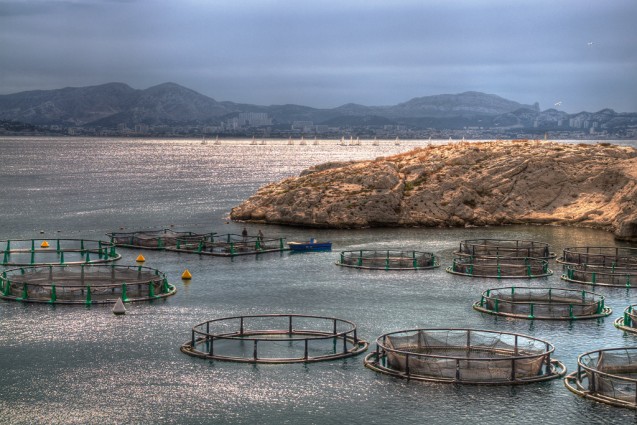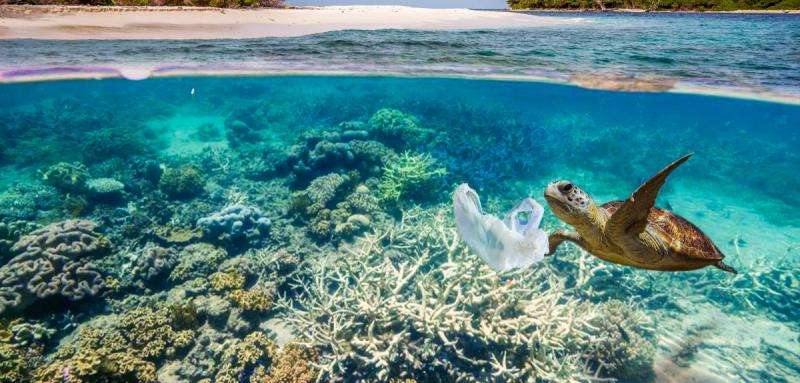The United Nation’s Climate report has been the source of a lot of distress for corporations and governments. Oceans happen to be a major contributor to climate change. As the oceans grow warmer and lose more of its marine life, it automatically affects the entire planet. Changing climatic conditions result in new crop cycles and several natural disasters like hurricanes and typhoons.
There is increasing awareness about climate change among people. Let us look at the problems that oceans are facing and three initiatives to save them.
Enforcing the green-gray infrastructure
Mangroves are a crucial part of our ecosystem. They absorb more carbon per unit area as compared to other trees. This makes them ideal for solving the existing problems of carbon emissions that we are trying to solve. Even though mangroves are important, the planet lost more than half of our mangroves in the last 50 years. In order to protect the mangroves, researchers are now working towards the green-gray approach.
It combines the development of infrastructure along with the restoration of mangrove forests. It is common knowledge that mangroves reduce flooding and can inhibit sea-level rise as well. This protects the communities living near seashores. The green-gray initiative is the brainchild of Conservation International’s scientists. They are currently planning a pilot project in Philippines.
If it is successful, then the project model can be replicated in countries around the world which have a coastline. The project can help communities and even provide for livelihood through fisheries.
Adopting sustainable fish-farming techniques

Fish farming is important for people who love seafood and those who depend on it for a livelihood. But poor knowledge about aquaculture and its impacts on marine life and oceans makes it unsustainable. Very few people understand the importance of reducing disease risk and maintaining water quality. As a result, marine life has been deeply impacted by aquaculture.
In order to make it more sustainable, fish farmers must be educated and trained. They must be taught techniques which makes fish-farming sustainable. Additionally, they must be trained in identifying disease risk and how it can affect other farms in the region.
Since the seafood industry is a booming one, very little effort has been made to conserve marine life. Instead, fish farmers have focused mostly on maximizing profits through unsustainable methods.
Defining Marine Protected Areas (MPAs)
Marine Protected Areas are regions on the ocean which limit fishing and other human activities to save marine life. Ocean acidification is causing marine life to move to new regions, which they did not inhabit before. By expanding MPAs, we can reduce the negative impact of human activities on the oceans. This can reduce the impacts of climate change. Additionally, MPAs can also help in restoring the oceans and marine life in it.
At this time, only a few countries have worked towards identifying MPAs. This must expand on a global scale and should be implemented in at-risk regions around the world.
Animal Club applauds the efforts being made by researchers, environmentalists, and conservationists. Through our work, we intend to support their efforts by spreading awareness among people of all ages. Many of our animal handling workshops and animal school visits include short discussions about animal conservation and climate change. It helps children learn about the existing state of the planet and the need to save it. Even at animal parties, we try to bring children closer to nature through contact with animals. If you decide to throw an animal party or an animal workshop, it will be full of fun and learning for the kids and adults.
Source – https://www.conservation.org/blog/the-oceans-are-on-the-brink-here-are-3-ways-to-save-them



